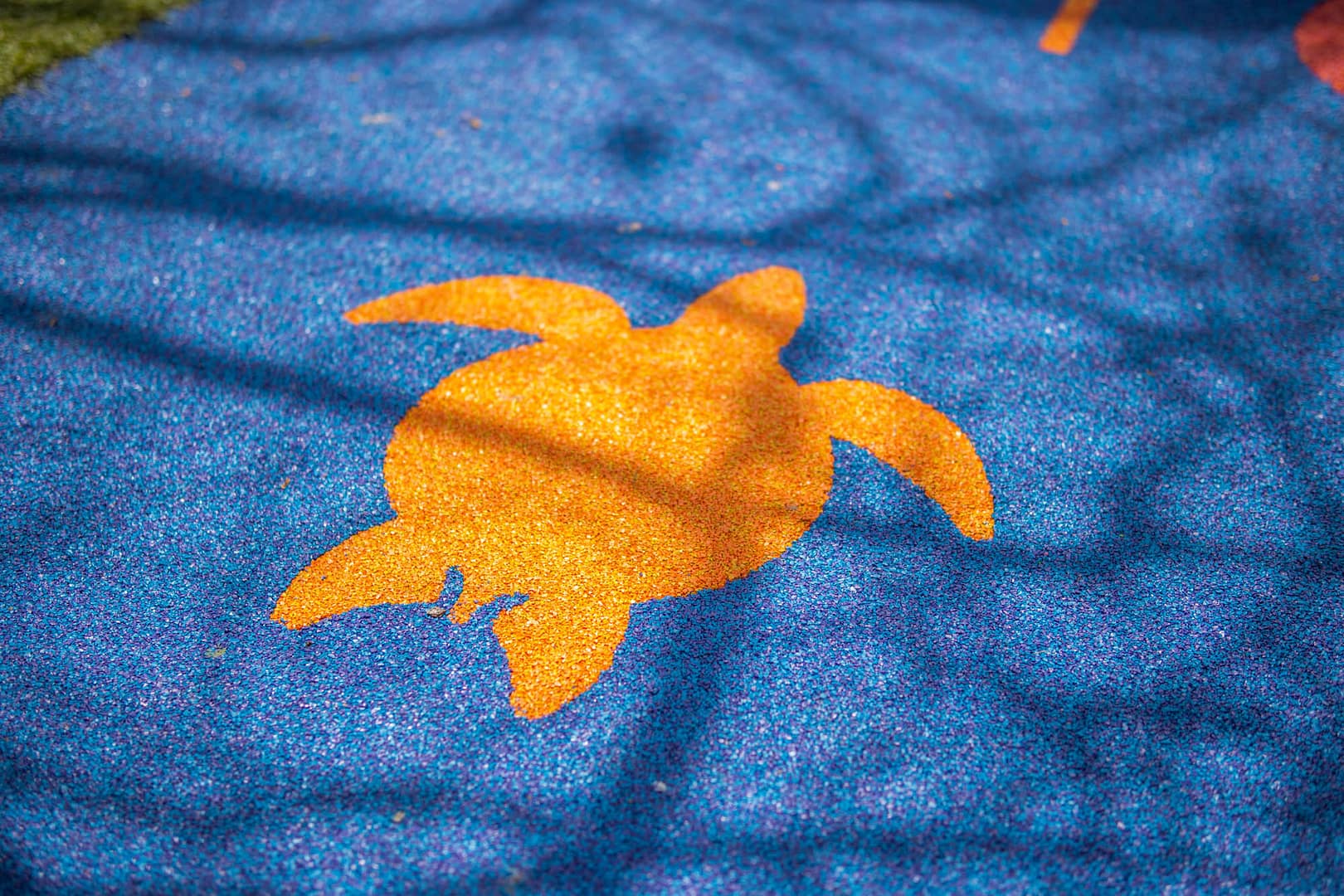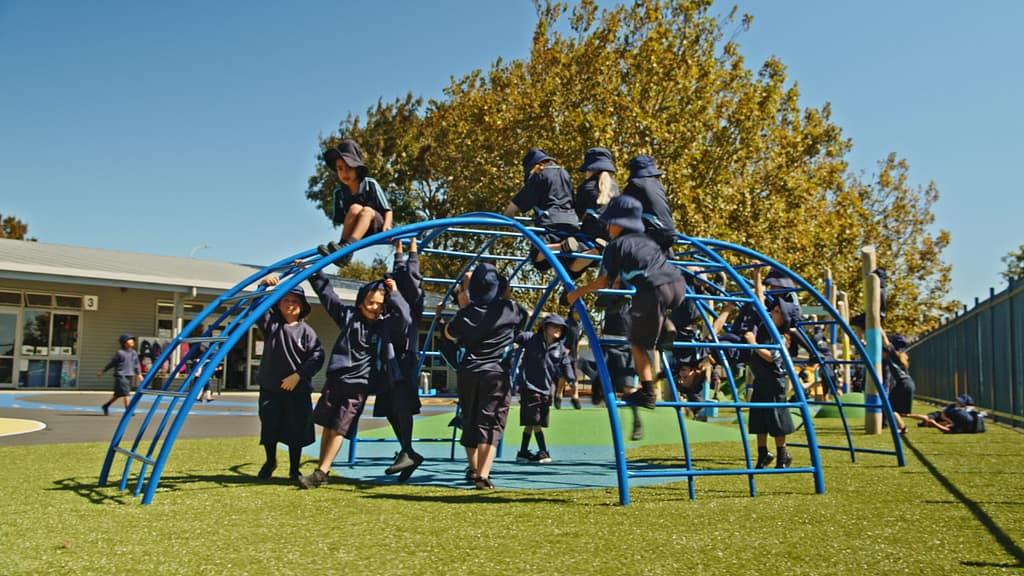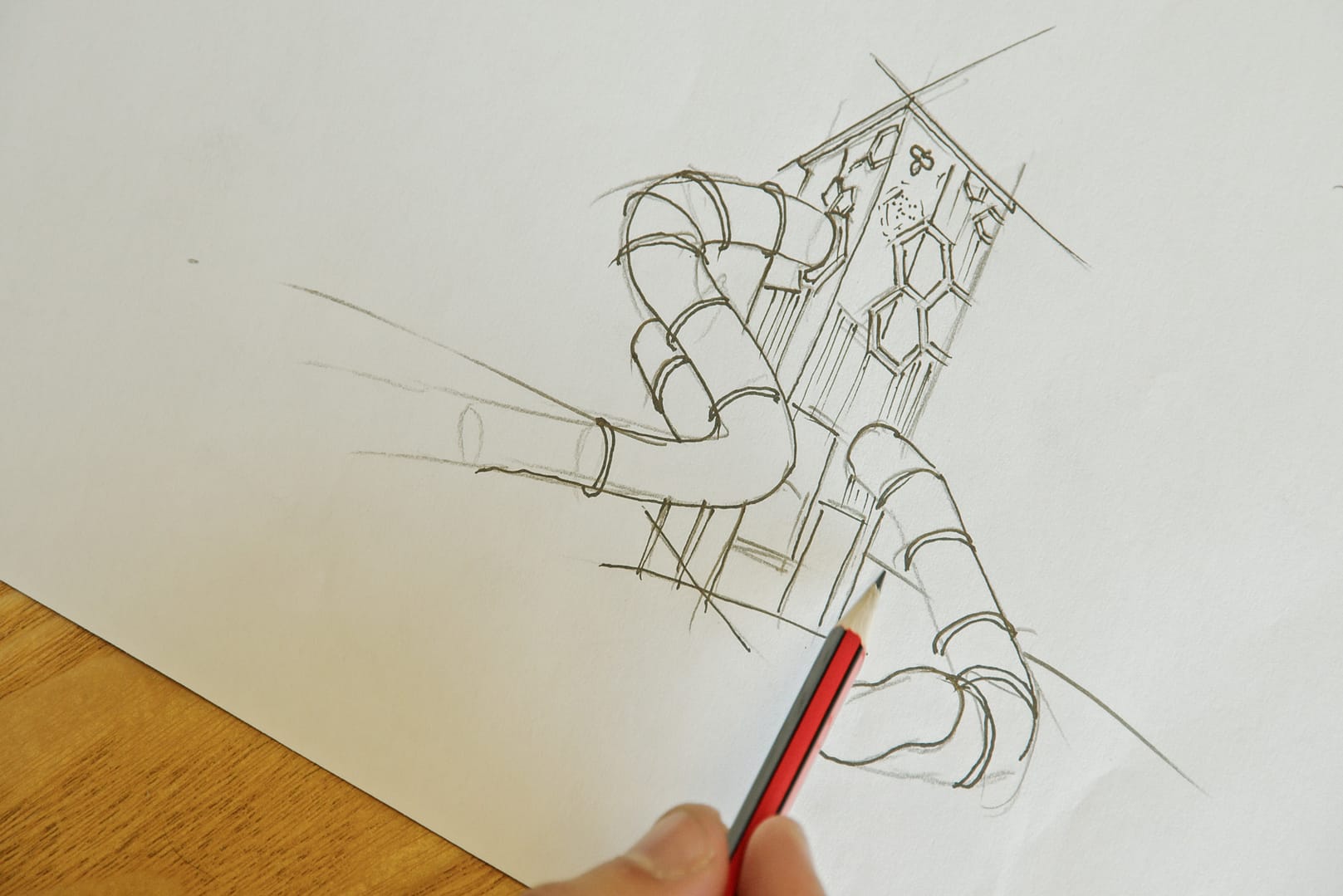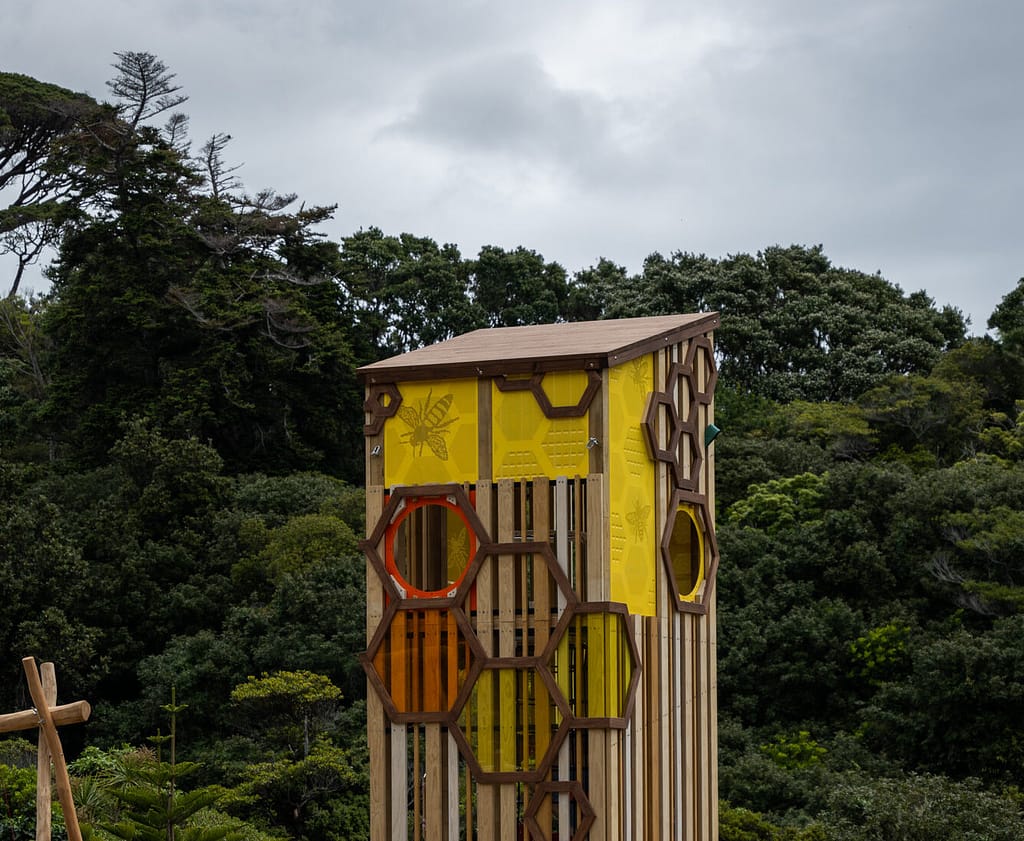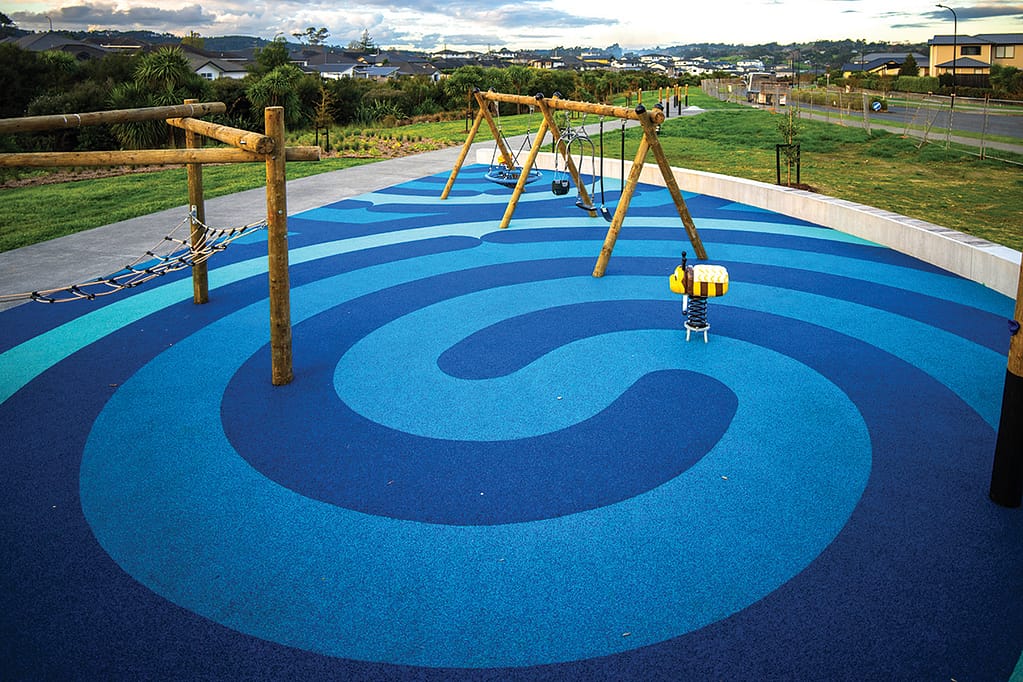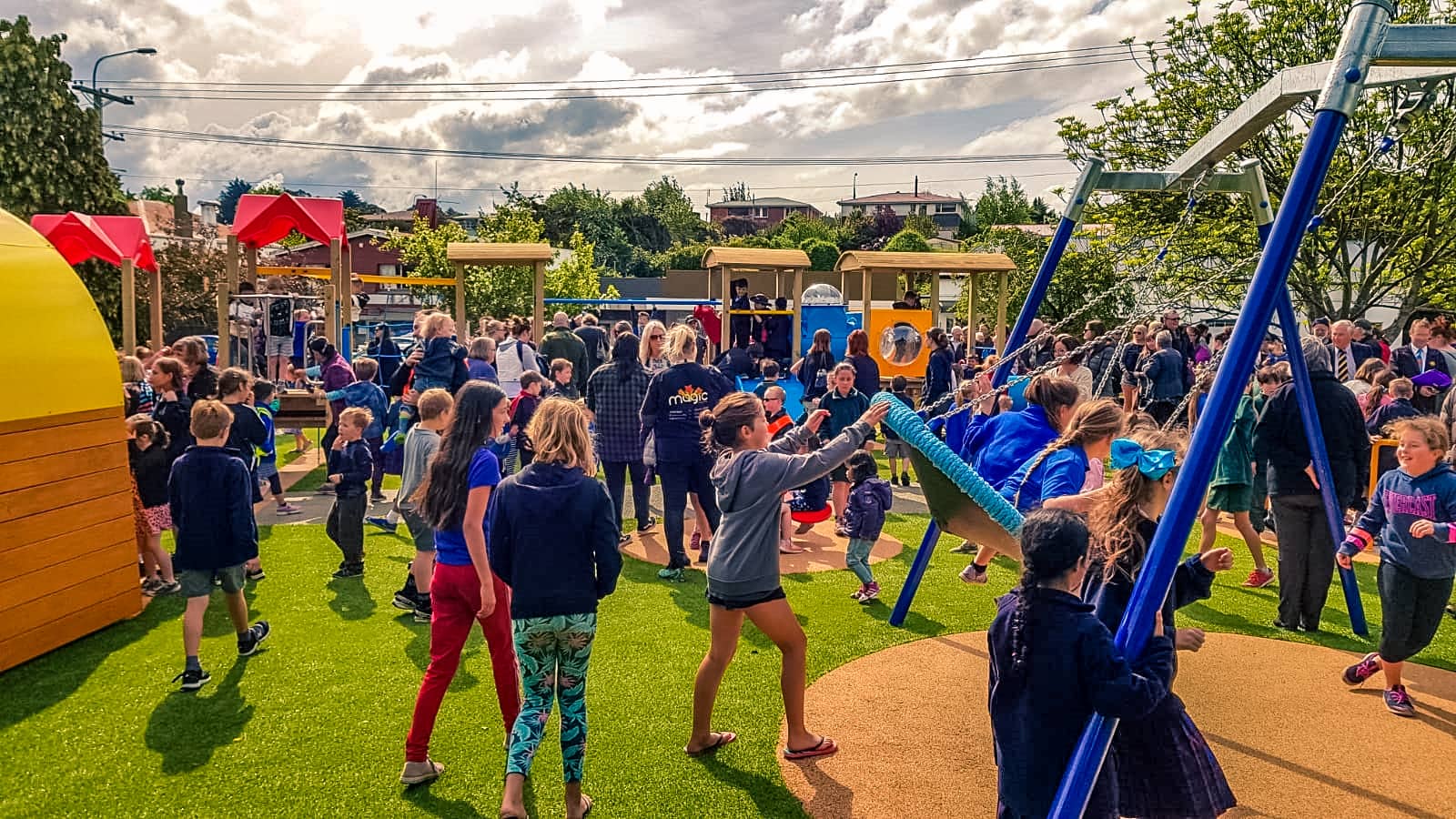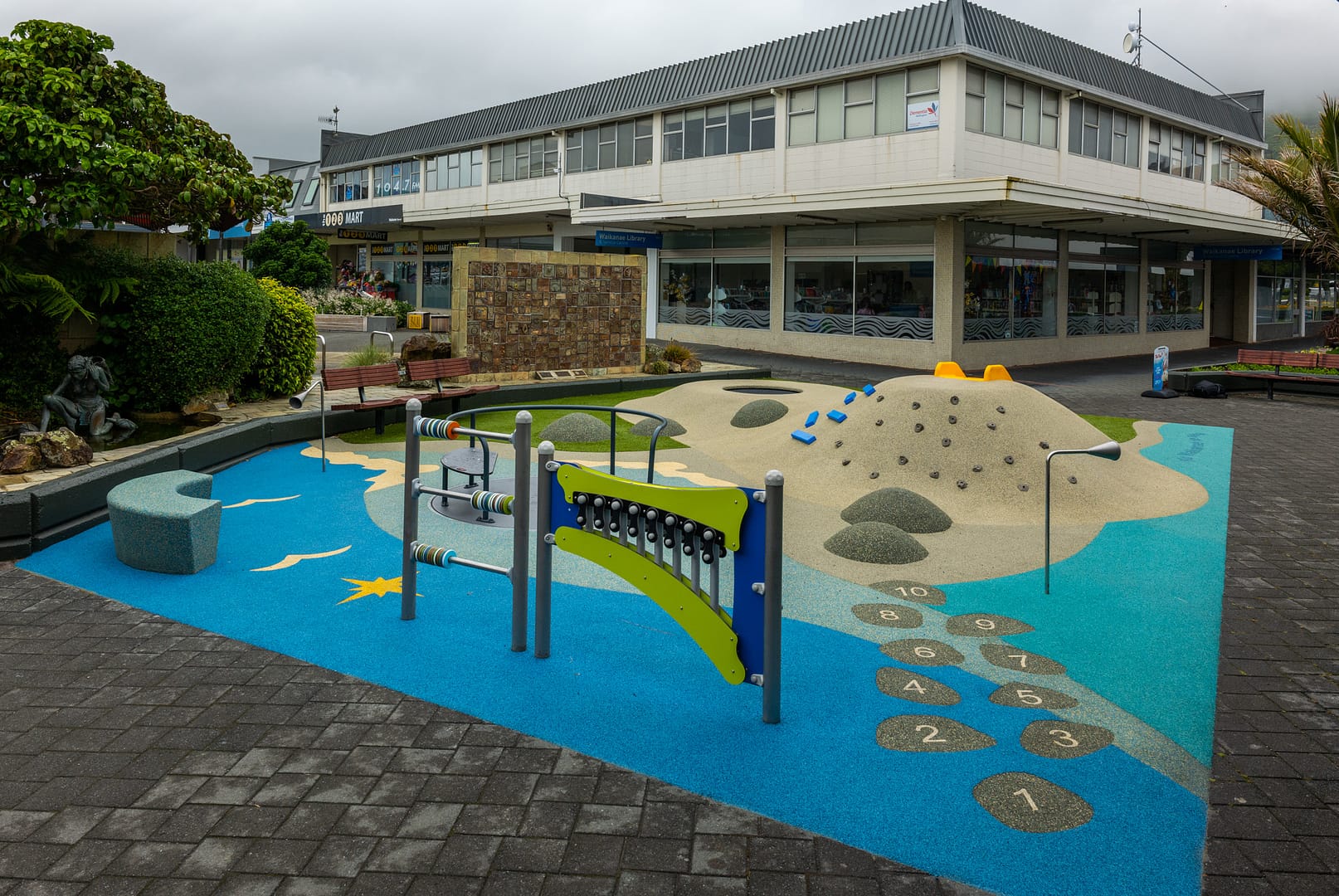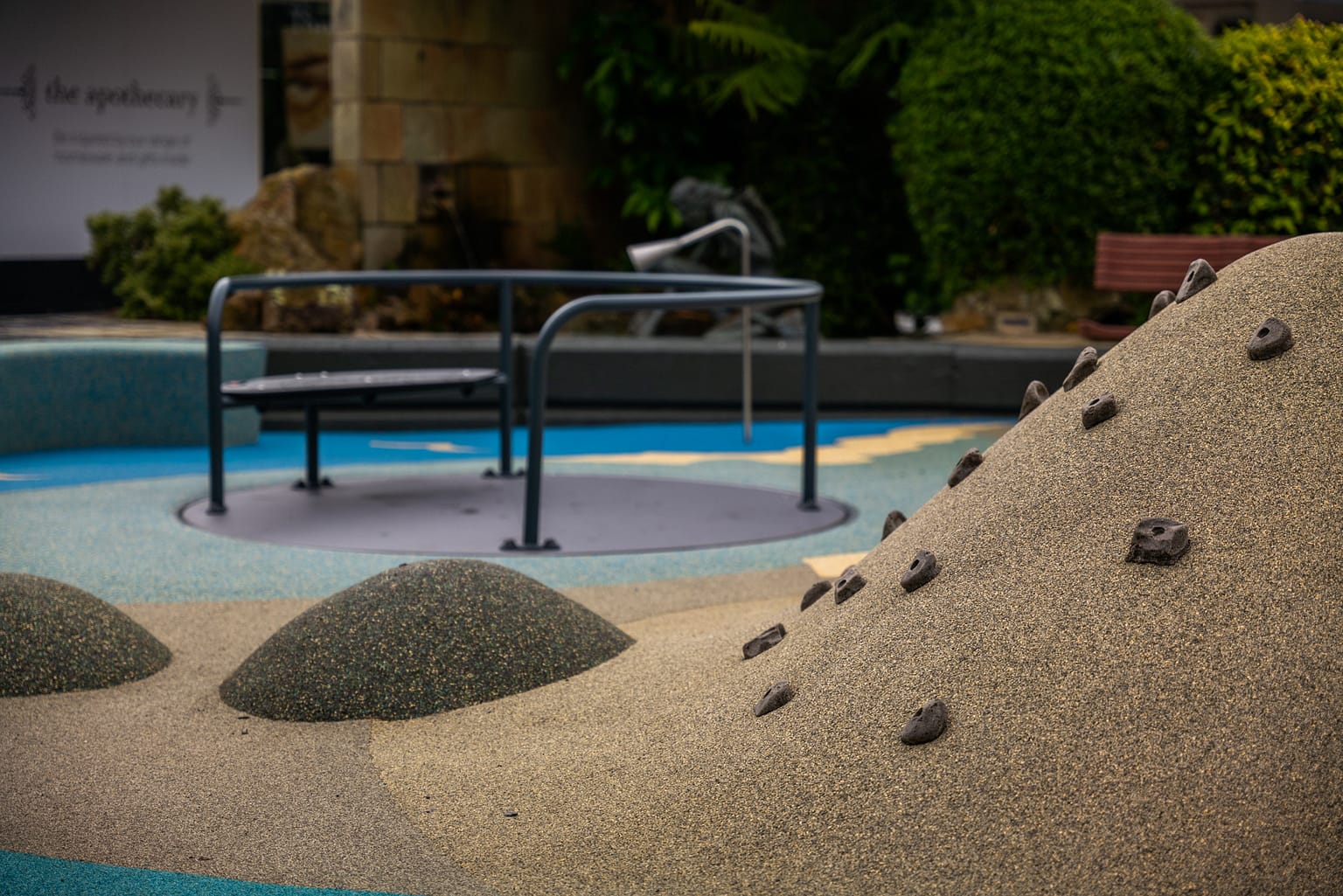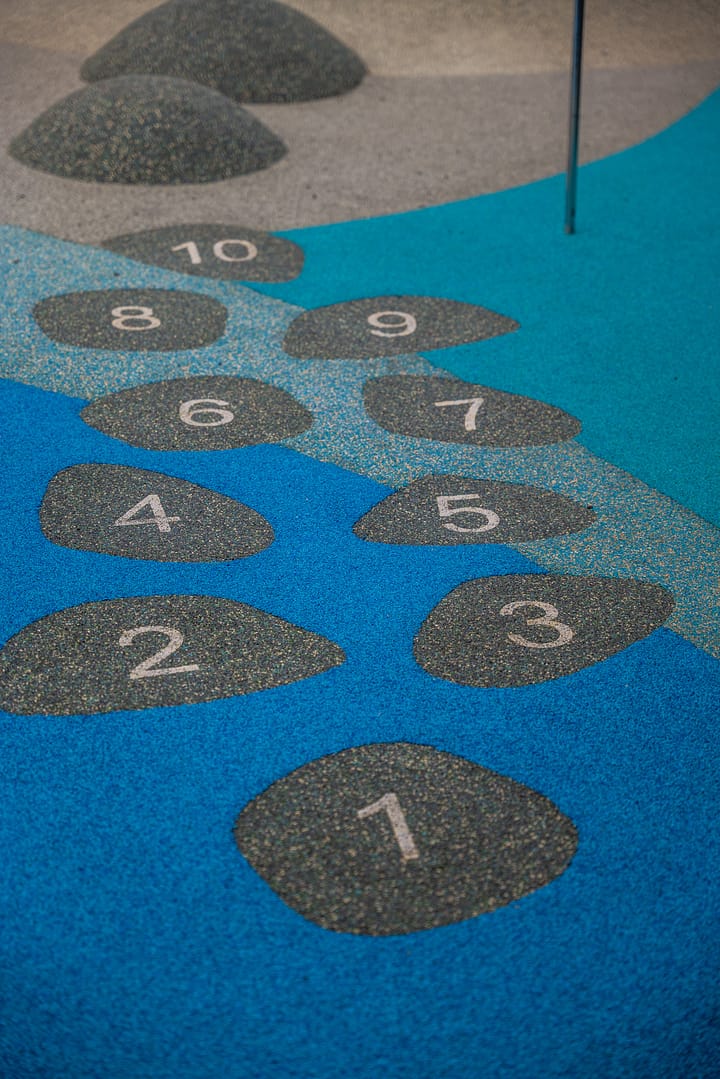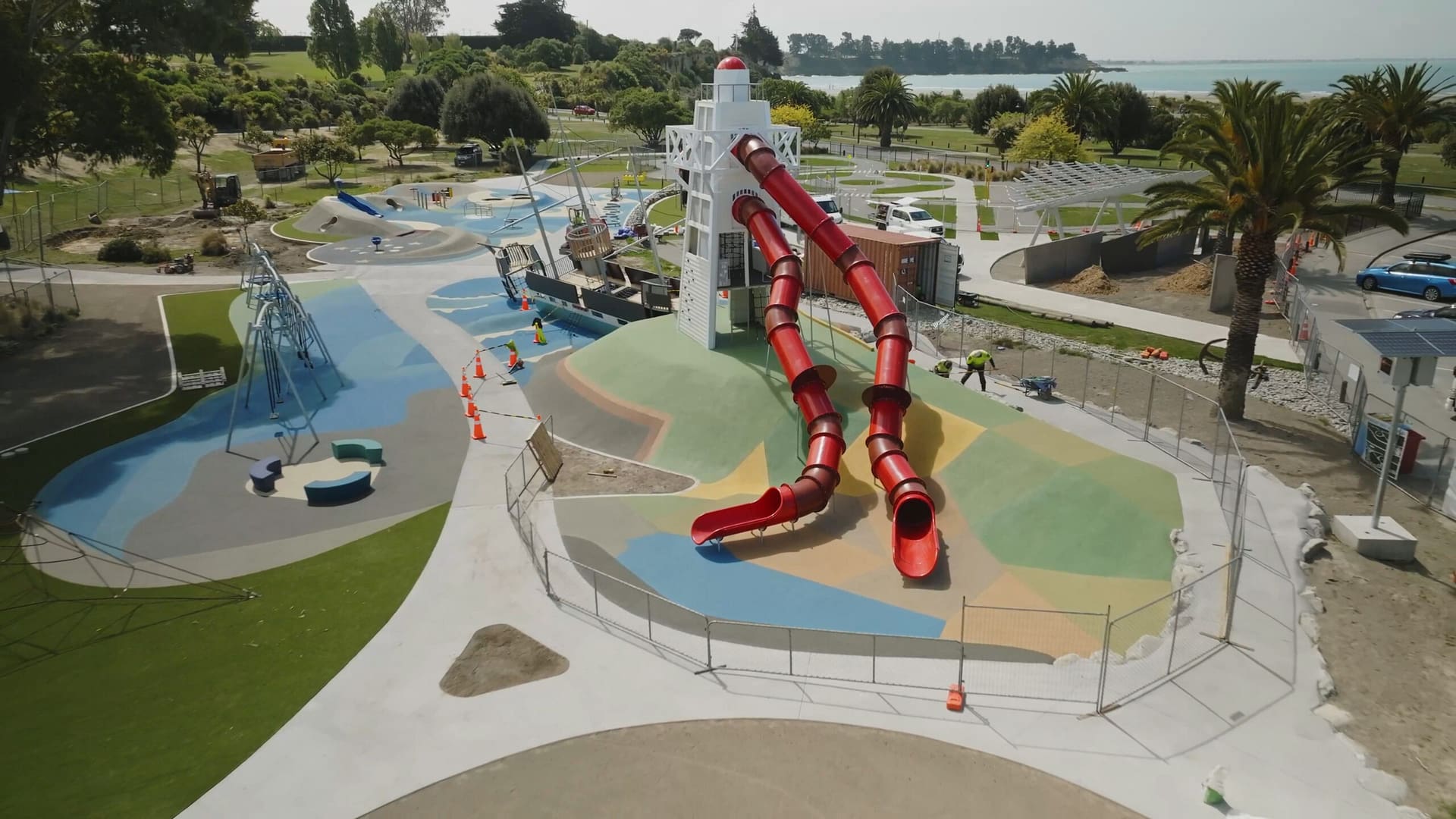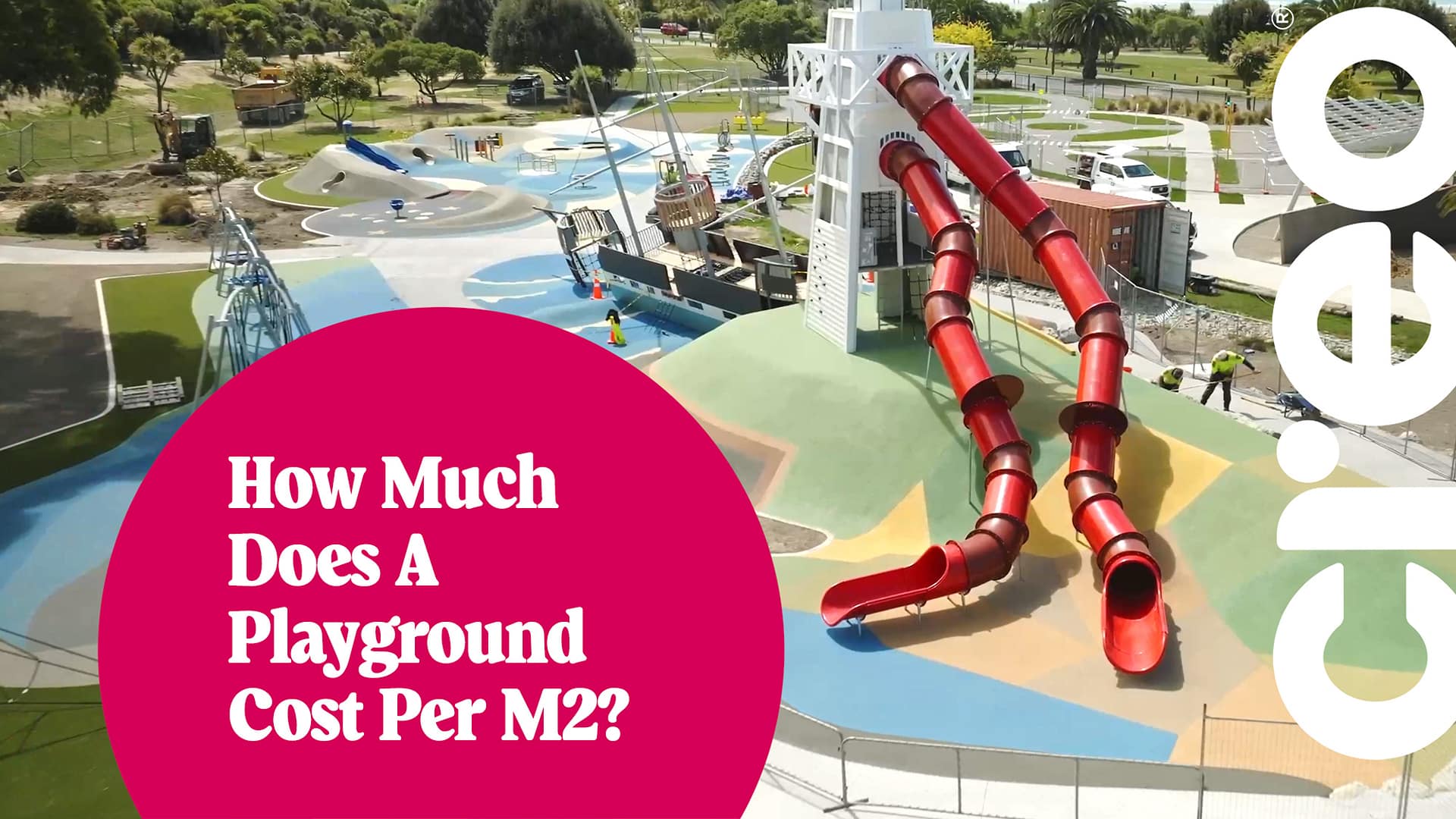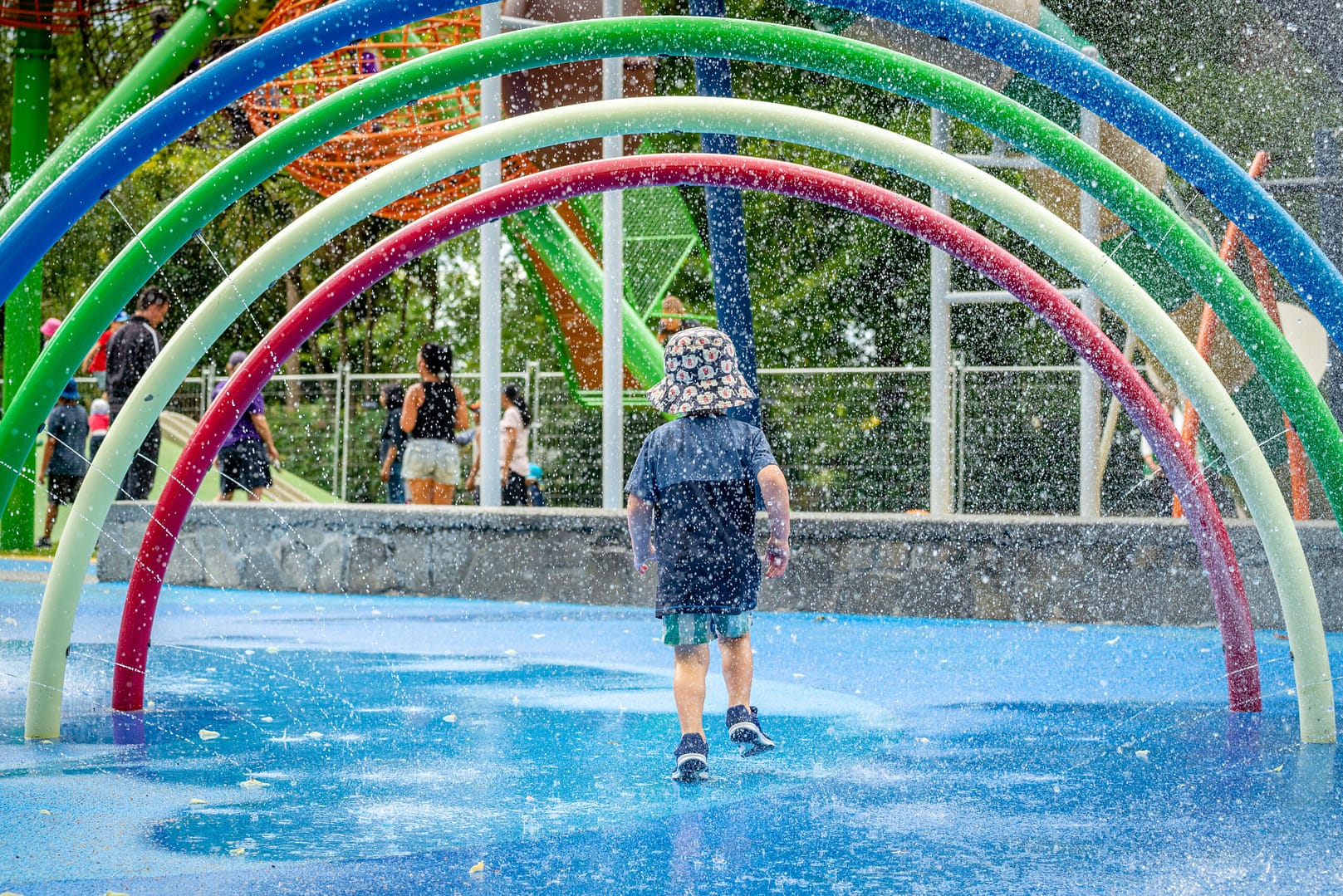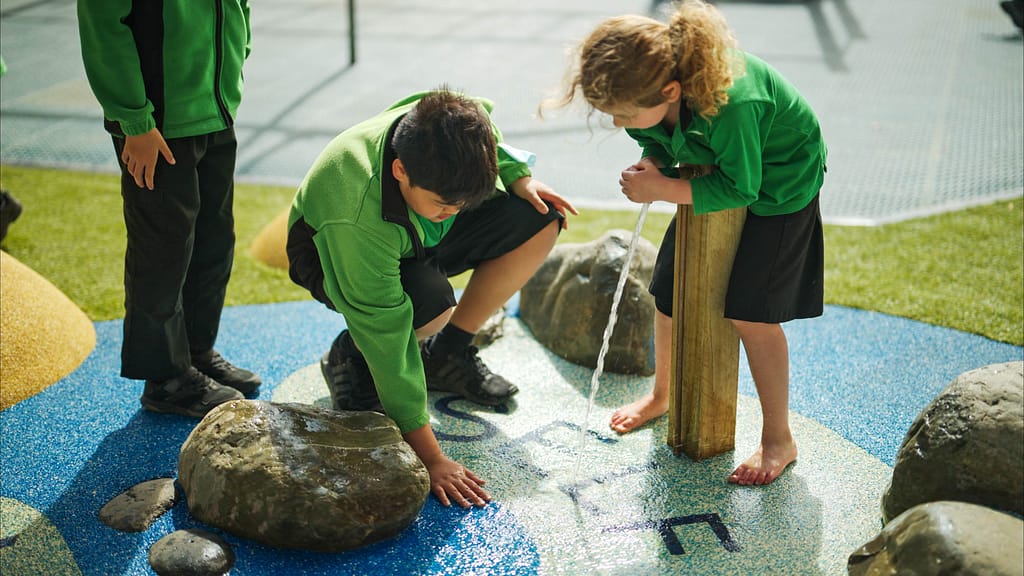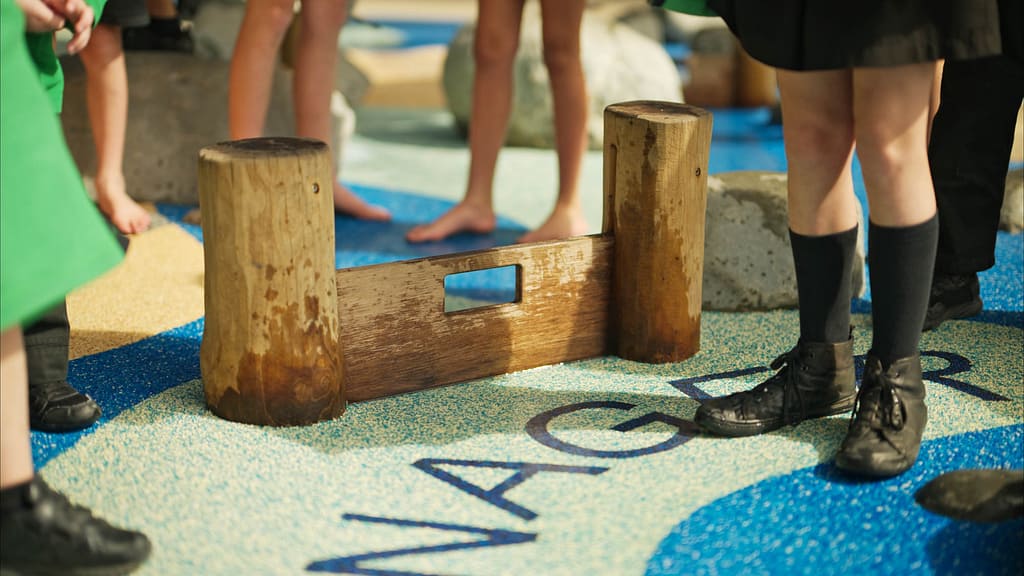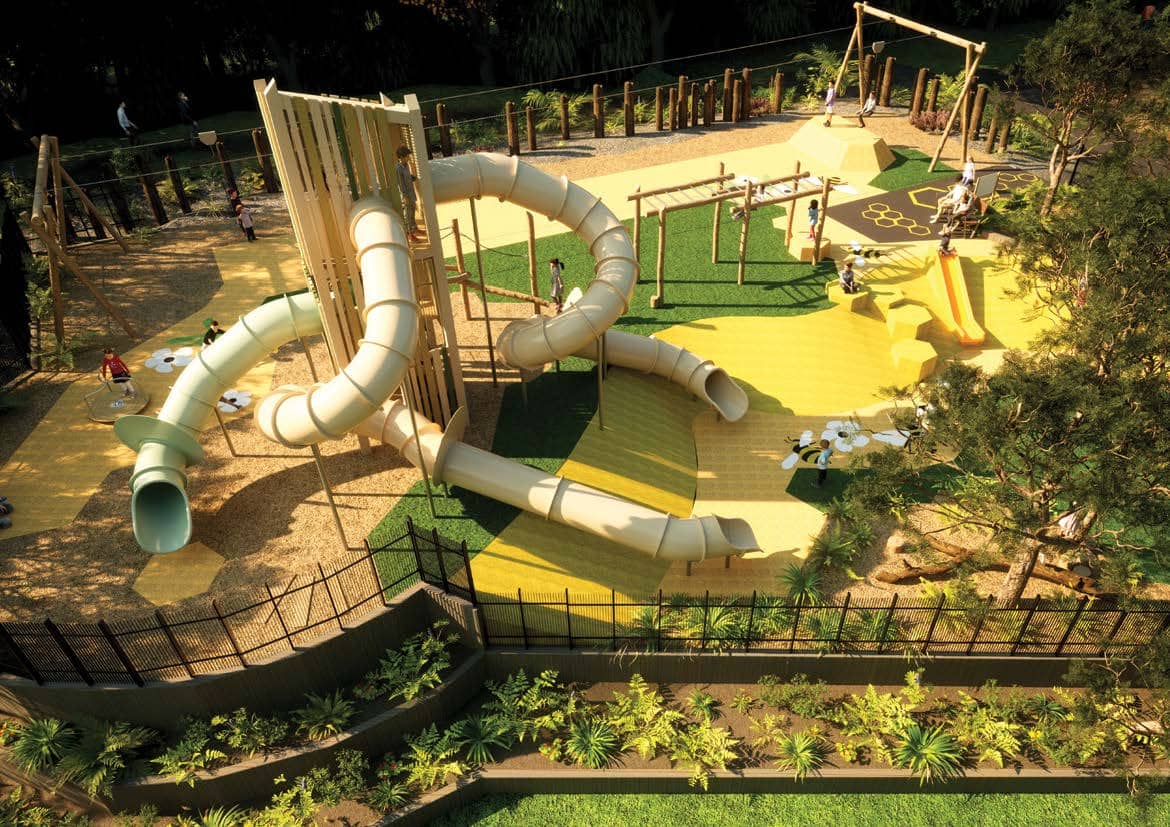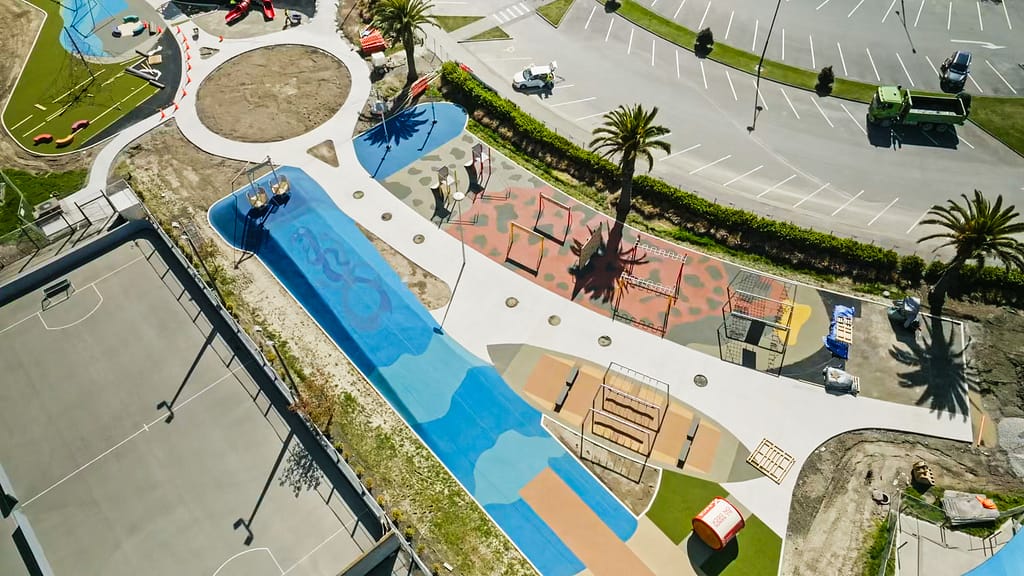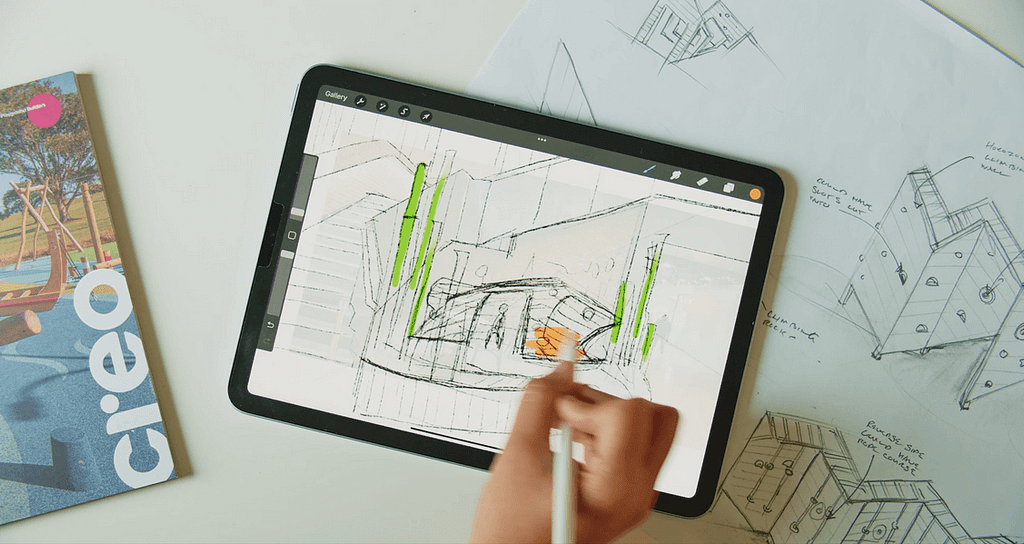Summertime is the best time to visit parks, beaches, and playgrounds. As playground builders, we have worked on many projects that are perfect spots for a hot summer day packed with fun.
Let’s explore some of the playgrounds you should visit this summer!
Shorland Park – Wellington
Located in Island Bay, Shorland Park is the perfect spot for a hot summer day. Bring the kids, don’t forget your beach gear, and have fun! A little about this project: Shorland Park in Wellington underwent a significant upgrade, receiving much community interest.
Creo’s design retained beloved elements like the original slide, which was integrated into a new tower structure, and the refurbished snail structure.
New play features like fresh swings and a flying fox were added. The playground, located by the waterfront, features a subtle beach theme with light blues, nautical elements, and natural turf. It includes boat-like structures for different age groups, celebrating the blend of old and new elements.
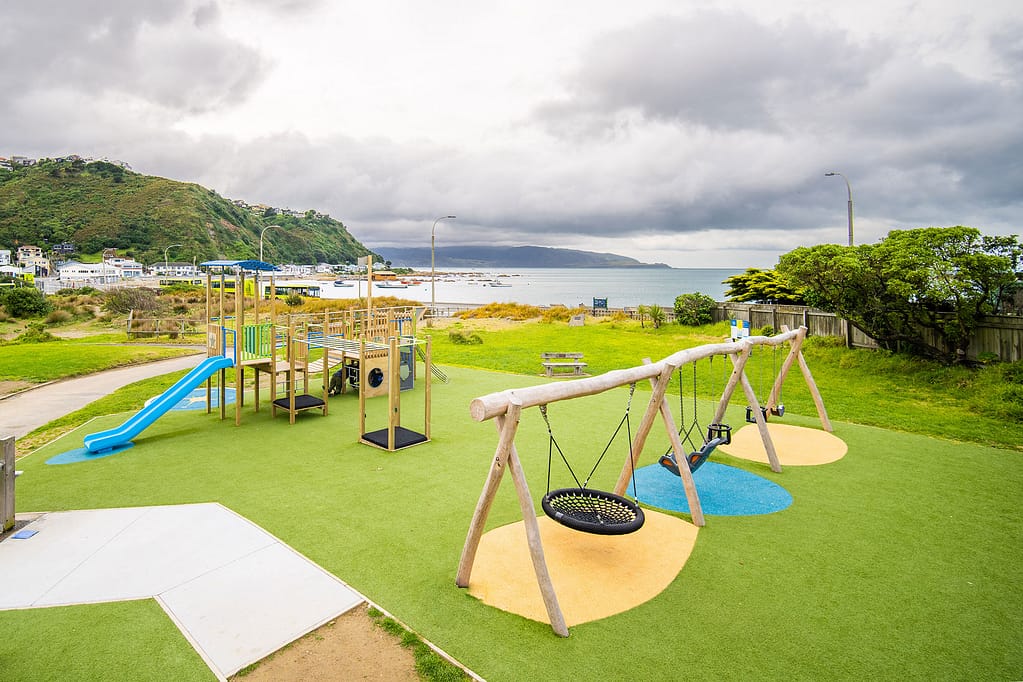
Caroline Bay Playground – Timaru
Considered the largest playground in the southern hemisphere, Caroline Bay Playground caters to children of all ages. This space will be a hit at historic Caroline Bay this summer. If you are driving past Timaru or living in the area, this one is a must-visit with the children!
A bit about the playground: This community-driven project to revitalise Caroline Bay Playground focuses on inclusivity and local heritage, reflecting the area’s rich history from its geological beginnings to Maori and European influences. Key features include bespoke playground equipment like a lighthouse and shipwreck, designed to narrate the region’s story.

Scarborough Park – Christchurch
Stroll across the shore and stop by Scarborough Park when visiting Sumner in Christchurch. It’s an excellent spot for the family, where you can stop by for lunch or grab a coffee from the shops next to the park. A bit about the playground: Scarborough Park in Sumner, Christchurch, features a marine-themed playground.
The design by Jennifer Dray, Christchurch City Council Landscape Architect, includes blue water, sandy yellows, and red starfish motifs.
The playground surfacing, installed by the Creo South Island team, was completed on time and has become popular with local families and visitors. The Christchurch City Council involved the local community in the planning, resulting in a well-received family-friendly space.
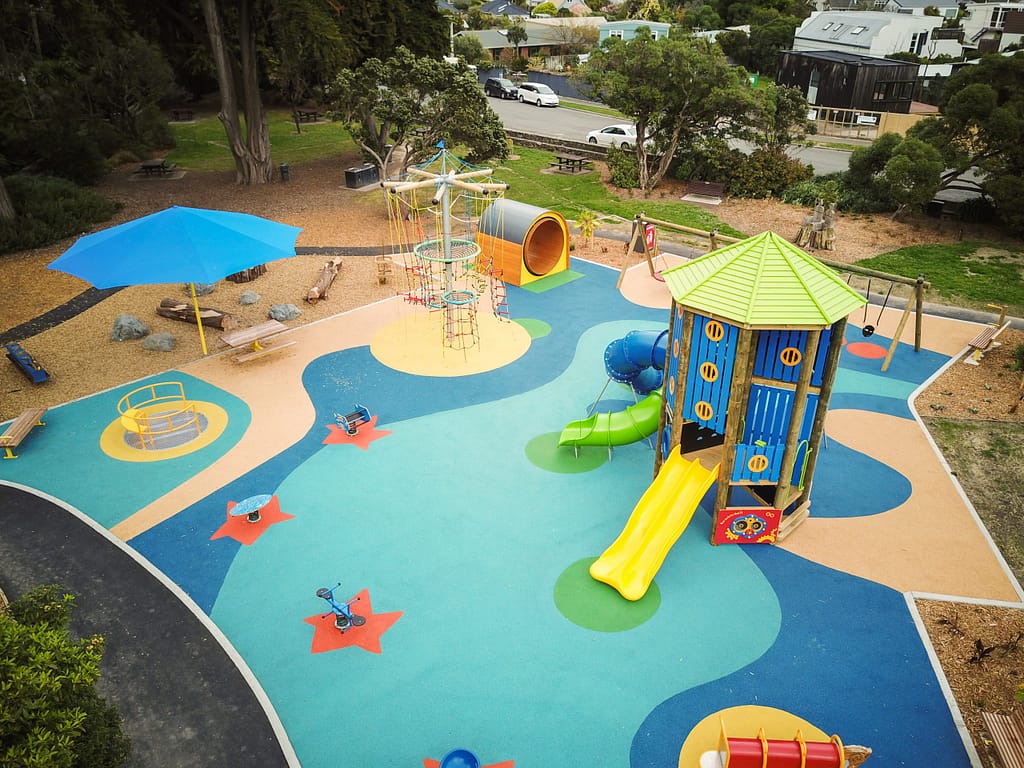
Wanaka Rotary Park – Wanaka
Are you going to the countryside? Wanaka is a favourite spot on the South Island for both winter and summer. Water activities are the best, and this playground is a spot for a relaxing afternoon just a second away from the lake.
A bit about the playground: In 2021, Wanaka’s Rotary Park Playground underwent an upgrade in collaboration with the Queenstown Lakes District Council and Creo.
The design utilized blues, greens, and greys to complement thepark’ss surroundings. The playground featuresPour’n’Playy surfacing, creating a visually appealing and safe play environment. It includes rubber rocks and a variety of balls and steppers in various sizes, adding sensory dimensions and challenges for users of all ages and encouraging creative play.

